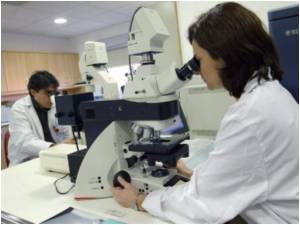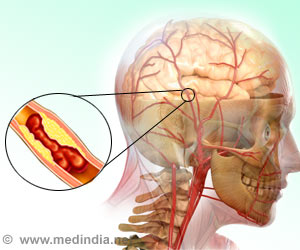
The nature and relative amounts of proteins produced during successive stages of the worm's lifecycle provide clues to their likely importance in creating and maintaining infection. For example, proteins made in abundance by larval worms might serve as targets for developing vaccines to prevent infections. Proteins made in large amounts by adult worms might serve as targets for developing drugs to treat infections and potentially halt transmission of the parasite from an infected person to a potential mosquito carrier.
In addition to identifying the worm-made proteins, the team also characterized most of the proteins made by Wolbachia, bacteria that live inside B. malayi. Human inflammatory immune responses to the combined presence of Wolbachia and B. malayi are thought to be responsible for many symptoms of lymphatic filariasis.
Sequencing of the B. malayi genome, which enabled this research on the worm's proteins to be carried out, was completed by National Institutes of Health-funded researchers in 2007.
Source-Eurekalert












